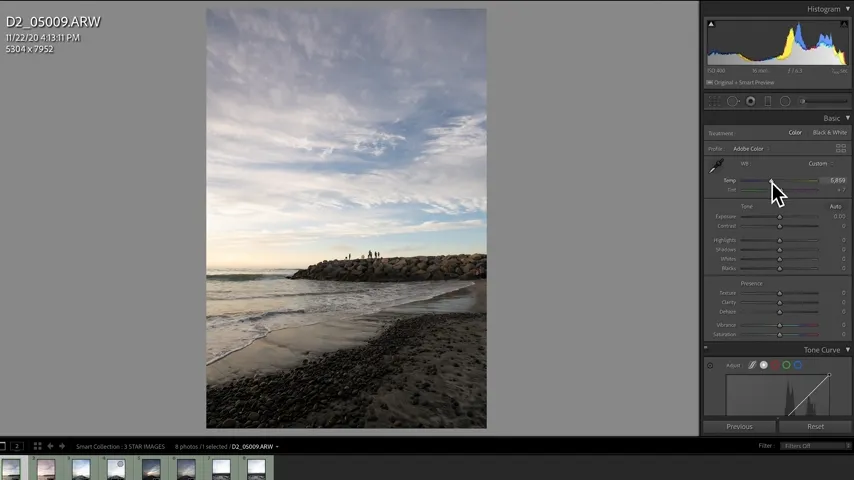If you have ever wondered what is RAW vs JPEG and when should you use each, you’re not alone. Choosing the right file format shapes your dynamic range, color flexibility, and workflow. Here’s a practical way to decide, without getting lost in jargon.
Table of Contents
🧬 File differences and dynamic range
RAW files store sensor data with far more dynamic range and color depth than JPEGs. That means you can recover highlights, lift shadows, and adjust white balance with minimal quality loss. JPEG is a processed, compressed format that looks good out of camera but bakes in choices like contrast, sharpening, and noise reduction.
RAW is like a digital negative, primed for editing. JPEG is a finished print—smaller, faster to share, but less flexible if exposure or white balance is off. If you shoot high-contrast scenes, RAW offers a safety net that can save important detail.
Compression matters. JPEG uses lossy compression, which can introduce artifacts at high compression levels. RAW keeps more of the original data so you can push files harder in post without banding or blocky textures.
🖥 Workflow, storage, and editing
RAW requires a deliberate editing workflow. You’ll import, cull, and adjust exposure, contrast, color, and noise. This takes time but rewards you with consistent, polished results. JPEG speeds things up—files are smaller, previews are fast, and you can often deliver immediately with minimal tweaks.
Storage is a trade-off. RAW files are larger; plan for ample cards and drives, plus a 3-2-1 backup (three copies, two media types, one off-site). JPEG eases storage pressure, helpful for long trips or high-volume shoots like events and sports.
If you’re on deadline, consider shooting RAW+JPEG. Use JPEGs for quick sharing and RAWs for final edits. This hybrid approach balances speed with quality, especially when clients want fast previews and refined edits later.
🎯 Which to choose for different shoots
Pick RAW for scenes with challenging light—sunsets, concerts, interiors with windows—where highlight protection and color latitude matter. Choose JPEG for casual travel, behind-the-scenes moments, or social posts when convenience and speed trump flexibility.
For portraits, RAW lets you fine-tune skin tones and control noise in shadows. For action, JPEG can keep buffer clearing fast and files manageable, especially on cameras with limited processing power.
Ultimately, match the format to your intent. If the image is important and unrepeatable, favor RAW. If it’s a quick share or a proof, JPEG delivers now and keeps you moving.
More Topics
- What Is a Prime Lens and Why Should You Use One?
- How to Photograph in Harsh Daylight Without Losing Detail
- What Is the Golden Hour and How Do You Use It in Photography?
- How to Improve Your Photography Composition Skills Today
- How to Light Portraits at Home on a Budget
- How to Choose the Best Travel Camera for 2025
- How to Master Manual Mode on Your Camera in 2025

